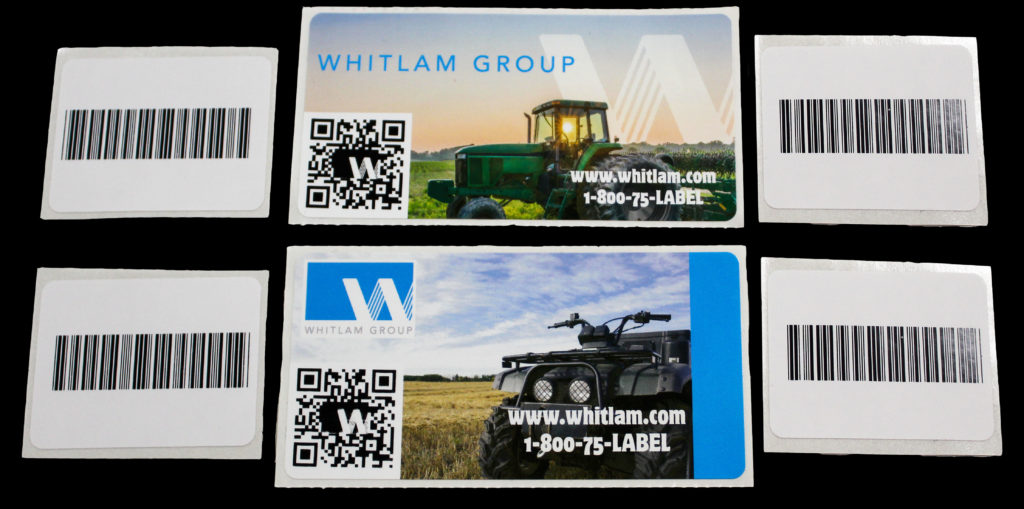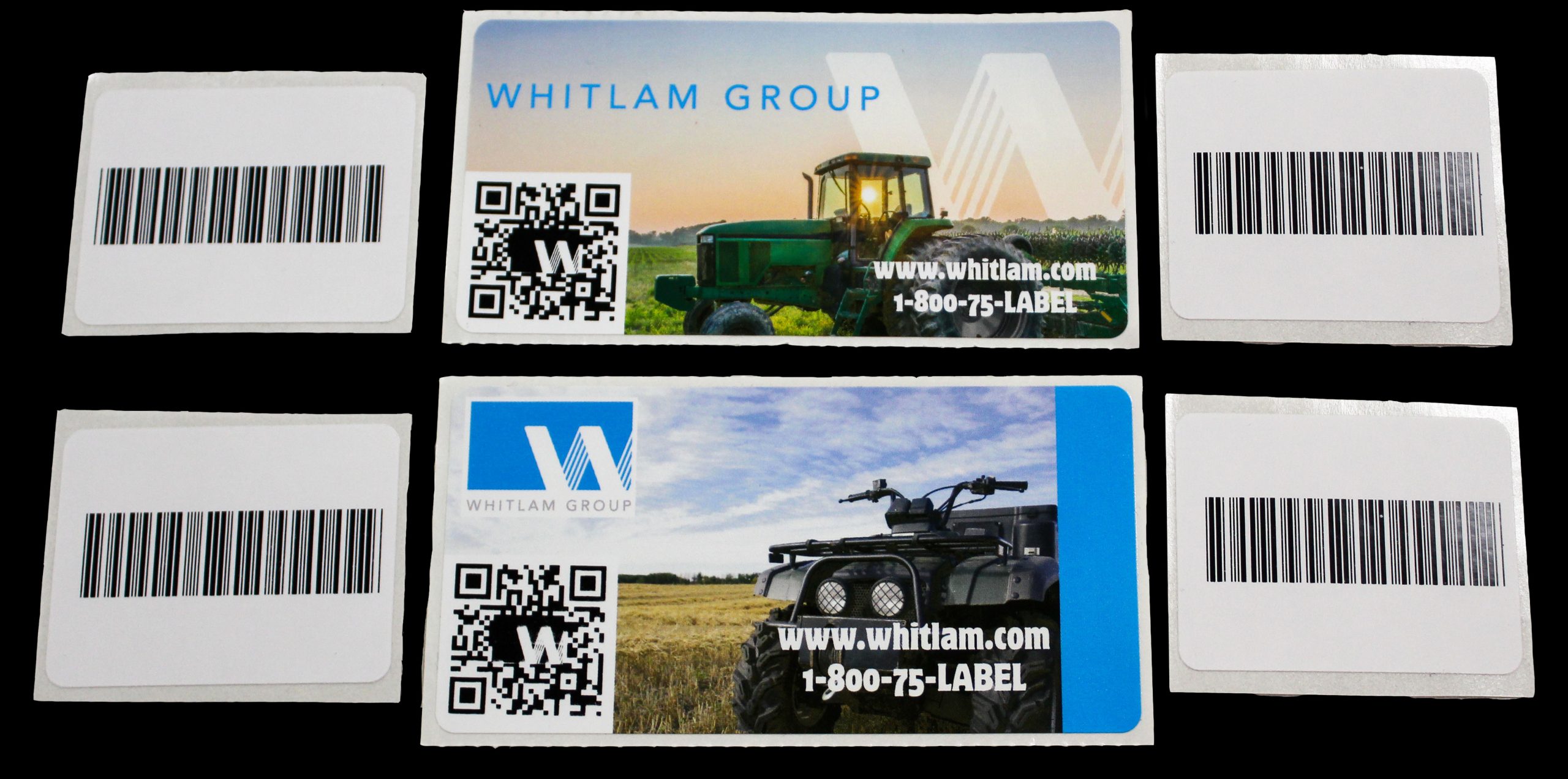
When on-demand printing is required, thermal-transfer printing is a great option.
Thermal-transfer printing is a digital printing method. In this process, the coating of a material called “ribbon” is melted onto another material such as paper.
Markets
Thermal-transfer printing can be used in many markets such as Healthcare, Transportation, Retail, Manufacturing, Food/Beverage, Automotive, Chemical, Industrial, Durable Goods, Electronics, and more.
Some different types of labels used in these markets include:
- Work-in-Process Tracking
- Product ID/Serial Numbers
- Variable Data
- Cross Docking
- Compliance Labeling
- Asset Management
- Packaging and Labeling
- Inventory Management
- Lab Sample Tracking
- Information Labels
- Quality Control
- Medical Record Labeling
- Prescription Labeling
Two Factors
Print darkness and speed are the two factors that determine how a thermal-transfer label is printed. The print darkness tells the print head how much heat to use when burning the dots of the ribbon onto the material. The speed determines how fast the print head must heat up to burn the dots onto the material. Durability and quality are affected by print darkness and speed.
Three Components
Three components in thermal-transfer printing are a non-movable print head, a ribbon (the ink), and material to be printed on. These three components sandwich the ribbon in the middle. When the print head heats up to the desired temperature, the print head melts the ribbon, in the form of dots, on to the material. Once the dot is transferred from the ribbon to the material it immediately cools down and by the time the material comes out of the printer the ink is dry.
Printers and Ribbons
There are different types of thermal-transfer printers that vary in durability, performance, and design capabilities. The ribbon used in these printers can be either wax, resin, or a combination of both. Ribbons can come in many different colors. Your choice of ribbon determines what material you can use. Different ribbons are used for different types of applications and have different benefits. Durability and quality change based on the type of ribbon and printer used.
Labels printed on a thermal-transfer printer can be pre-printed with a company logo or static information. Once a label is needed, the variable information can be printed on demand. Paper or synthetic materials can be used for the thermal-transfer printing process.
Some recommended paper materials include:
- Vellum
- Matte Coated
- Semi-Gloss
- Gloss
- Floadcoats
Some recommended synthetic materials include:
- Polypropylene
- Polyethylene
- Polyolefin (Tyvek)
- Polyester
- Nylon
- Polyimide
- Vinyl
The print head along with the properties of the ribbon essentially producing a high-quality printed image. When durability and quality matter, thermal-transfer printing is a great solution. For more information contact Whitlam Group today!
